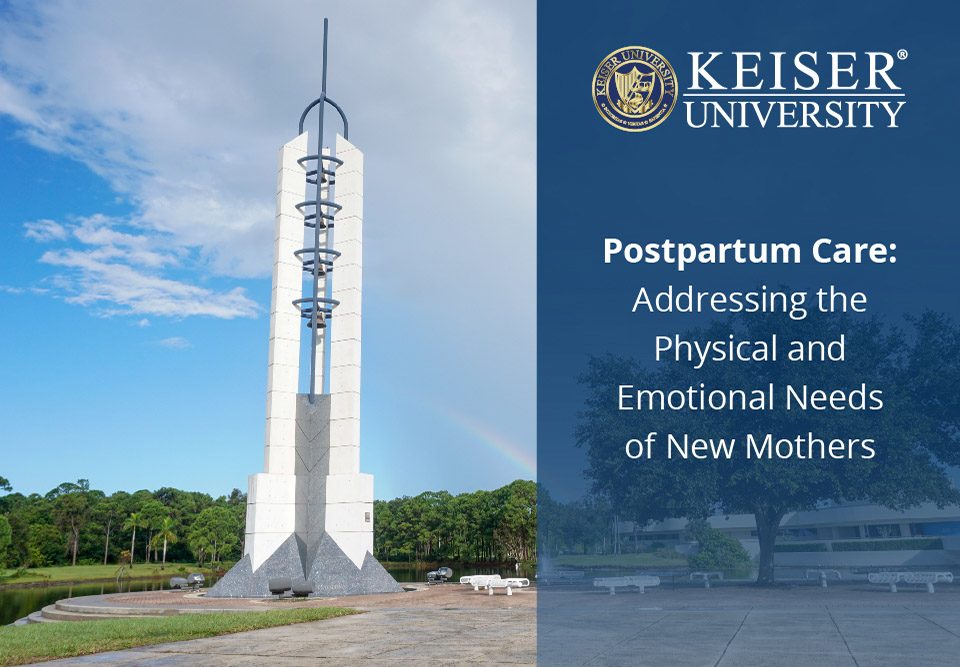Best Ways to Relieve Back Pain - Consumer Reports
Does your back often hurt? Thirty-nine percent of adults and 45 percent of people ages 65 and older said in a survey that they had back pain in the previous three months, according to a 2021 report from the National Center for Health Statistics. And for many people, back pain can last a long time. A systematic review published in 2022 in the Journal of Pain found that about 36 percent of adults ages 60 and up had chronic lower back pain (meaning it continued for at least 12 weeks).
“Back pain is ubiquitous in our society, especially among older adults,” says Peter Whang, MD, a professor of orthopedics and rehabilitation at the Yale School of Medicine in New Haven, Conn. “It’s usually due to the degenerative changes we develop as we age, like osteoarthritis or worn-out spinal disks.”
There are effective treatments for the pain, and most don’t require medication, says Hamza Khalid, DO, a spine specialist at Cleveland Clinic. Consider these steps.
In this article
While exercise might not be appealing when your back hurts, staying as active as possible can actually help reduce pain and prevent it in the future. “Movement increases blood flow to your spinal tissues and joints, which will help them feel better,” says Colleen Louw, a physical therapist and co-founder of Evidence in Motion in San Antonio.
Talk therapies may help change your reaction to pain and encourage you to set and work toward activity goals. A small 2021 study in the journal PAIN Reports, for example, looked at psychophysiologic symptom relief therapy, which addresses the stress that may contribute to pain. At the end of six months of such therapy, nearly 64 percent of patients were completely pain-free.
Cognitive behavioral therapy, a type of talk therapy, also may help when dealing with chronic pain. “Cognitive behavioral therapy is a good option for patients who have tried other conservative therapies, such as physical therapy, but haven’t been able to find relief from those alone,” Khalid says.
Ask your doctor where you can find talk therapy for back pain. You may be able to find a pain management program at a large medical center. You can look for a therapist with the American Psychological Association’s tool as well.
It’s also important to get a handle on everyday stressors and get enough sleep, says David Hanscom, MD, a retired spine surgeon and the author of “Back in Control” (Vertus Press, 2012). A 2022 study published in Frontiers in Neuroscience found that sleep problems can trigger low back pain and vice versa.
Several complementary treatments are sometimes used for chronic low back pain. They include massage, spinal manipulation (where a chiropractor moves your spinal joints beyond their normal range of motion), and acupuncture (where very fine needles are inserted into specific points on the body).
Do they work? For short-term back pain, the American College of Physicians (ACP) recommends acupuncture, heat, massage, and spinal manipulation. But Whang doesn’t view massage and acupuncture as first-line treatments. “These are more passive treatments, unlike active treatments like physical therapy, which teach you ways to stretch out your back and keep your core strong,” he says.
For massage in particular, a 2015 Cochrane review concluded that while it helped improve back pain, the quality of the evidence was low. It also found that massage didn’t necessarily help with overall back function. In addition, note that the therapies above aren’t always covered by insurance and can be expensive.
If you sometimes need more relief, over-the-counter anti-inflammatories such as ibuprofen (Advil and generic) can be the first choice, according to ACP guidelines. But they often aren’t appropriate for older adults, who may be at a higher risk of side effects such as gastrointestinal bleeding, says Jesse Charnoff, MD, a physiatrist at the Hospital for Special Surgery in New York City.
Acetaminophen (Tylenol and generic) may be a safer bet if you stay under 3,000 mg daily, he says. Diclofenac topical (Voltaren Arthritis Pain and generic), an OTC anti-inflammatory cream, can also provide relief. (But this and other anti-inflammatories might not be appropriate for people who are taking blood thinners.)
Another option may be an OTC patch that has lidocaine, a numbing agent. For all of the above, ask your doctor how often and for how long you can use them.
If you see no improvement after treatments like physical therapy or medications like those mentioned above, the ACP recommends the prescription antidepressant duloxetine (Cymbalta and generic), so check with your doctor.
Prescription muscle relaxants such as cyclobenzaprine (Flexeril and generic) can lead to drowsiness and increase fall risk, so discuss your situation with your doctor. Avoid prescription opioids, which can lead to dependency. They’re no more effective than a placebo for short-term low back pain, according to a 2023 study in The Lancet, and can lead to side effects like constipation and dizziness, which can be more pronounced in older adults, Charnoff says.
When discomfort ramps up, these four strategies may help you feel better.
When you’re in significant pain, it’s important to still try to do some low-stress activities, such as walking and light stretching. “The biggest mistake that people make is going on bed rest,” Charnoff says. “You’ll recover faster if you stay active. Move in whatever way is comfortable, and take slow steps to increase activity you can tolerate.”
You can place a heating pad or wrap on the affected area. Apply it for 15 to 20 minutes at a time, several times daily.
Acetaminophen (Tylenol and generic) is generally fine to use for three to five days, following package directions on dosing.
Try to sleep on your side with an upper knee bent and a pillow between your knees. This puts the least amount of stress on your spine.
Let your doctor know if your discomfort is getting in the way of daily activities or if severe back pain lingers for more than four weeks with little improvement despite taking some of the steps above.
You should call a doctor right away if you have back pain even while lying down or if pain spreads into your lower legs or is accompanied by a fever, leg weakness, or bowel or bladder incontinence. The same applies if you have a history of cancer or osteoporosis, or if your back pain is due to a fall or an accident. These symptoms and situations may signal a potentially serious problem, such as a fracture or cauda equina syndrome, where nerves at the base of the spine are compressed. Your doctor may want to see you immediately or may advise you to see a specialist.

Hallie Levine
Hallie Levine is an award-winning magazine and freelance writer who contributes to Consumer Reports on health and fitness topics. Her work has been published in Health, Prevention, Reader's Digest, and Parents, among others. She's a mom to three kids and a fat but feisty black Labrador retriever named Ivry. In her (nonexistent) spare time, she likes to read, swim, and run marathons.









